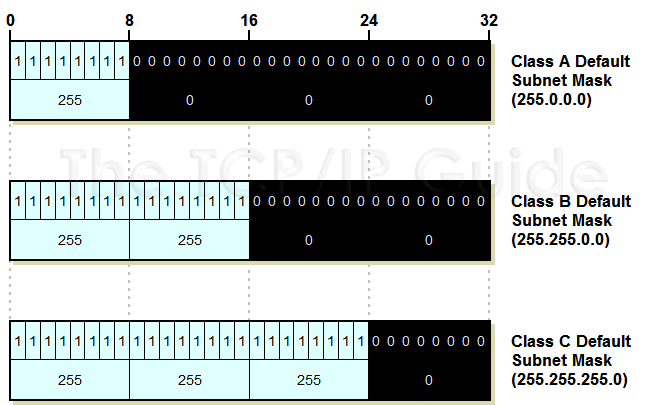

IPv4 Addresses and IPv4 Subnetting CIDR SUBNET MASK ADDRESSES WILDCARD MASK /32 255.255.255. The easiest method for calculating a wildcard mask is to subtract the network subnet mask from 255.255.255.255, as shown for /24 and /26 subnet masks in the figure. Wildcard mask bit 1 – Ignores the corresponding bit value in the address.

Wildcard mask bit 0 – Matches the corresponding bit value in the address.In a wildcard mask, the reverse is true, as shown in here: In a subnet mask, binary 1 is equal to a match and binary 0 is not a match. This calculator returns a variety of information regarding Internet Protocol version 4 (IPv4) and IPv6 subnets including possible network addresses, usable host ranges, subnet mask, and IP class, among others.The wildcard mask is typically the inverse of the subnet mask configured on that interface. In IPv6, the network prefix performs a similar function as the subnet mask in IPv4, with the prefix length representing the number of bits in the address. It is commonly known as TCP/IP (Transmission Control Protocol/Internet Protocol). Prefix Length: IP Address: A subnet is division of an IP network (internet protocol suite), where an IP network is a set of communications protocols used on the Internet and other similar networks. If the system is on a different network, the packet is sent to a gateway that then routes the packet to the correct IP address. If the system is on the same network or subnet, it attempts to find that address on the local link. Subnet masks and prefixes are used when a host is attempting to communicate with another system. What are subnet masks and subnet prefixes? If the routing prefix length is not defined, the default routing prefix length will be used, based on the class of the IP address. A subnet mask is a bit mask covering the number of bits used in the prefix. The routing prefix length refers to the number of leading bits in the IP address. You can specify the prefix length for a network interface by using the ifconfig command. Prefix length specifies the number of bits in the IP address that are to be used as the subnet mask. So, for example, /24 is 255.255.255.0 (each of the 255s in decimal corresponds to 8 bits in binary: 11111111). The remaining three bits are set to zero. The /29 means that there are 29 bits set to one in the subnet mask. In your example, the 32-17 = 15 rightmost bits need to be all ones, not only the rightmost eight. For it to be a broadcast address, all bits in the host part need to be ones. Yes, an IPv4 address can end in 255 without being a broadcast address.


 0 kommentar(er)
0 kommentar(er)
